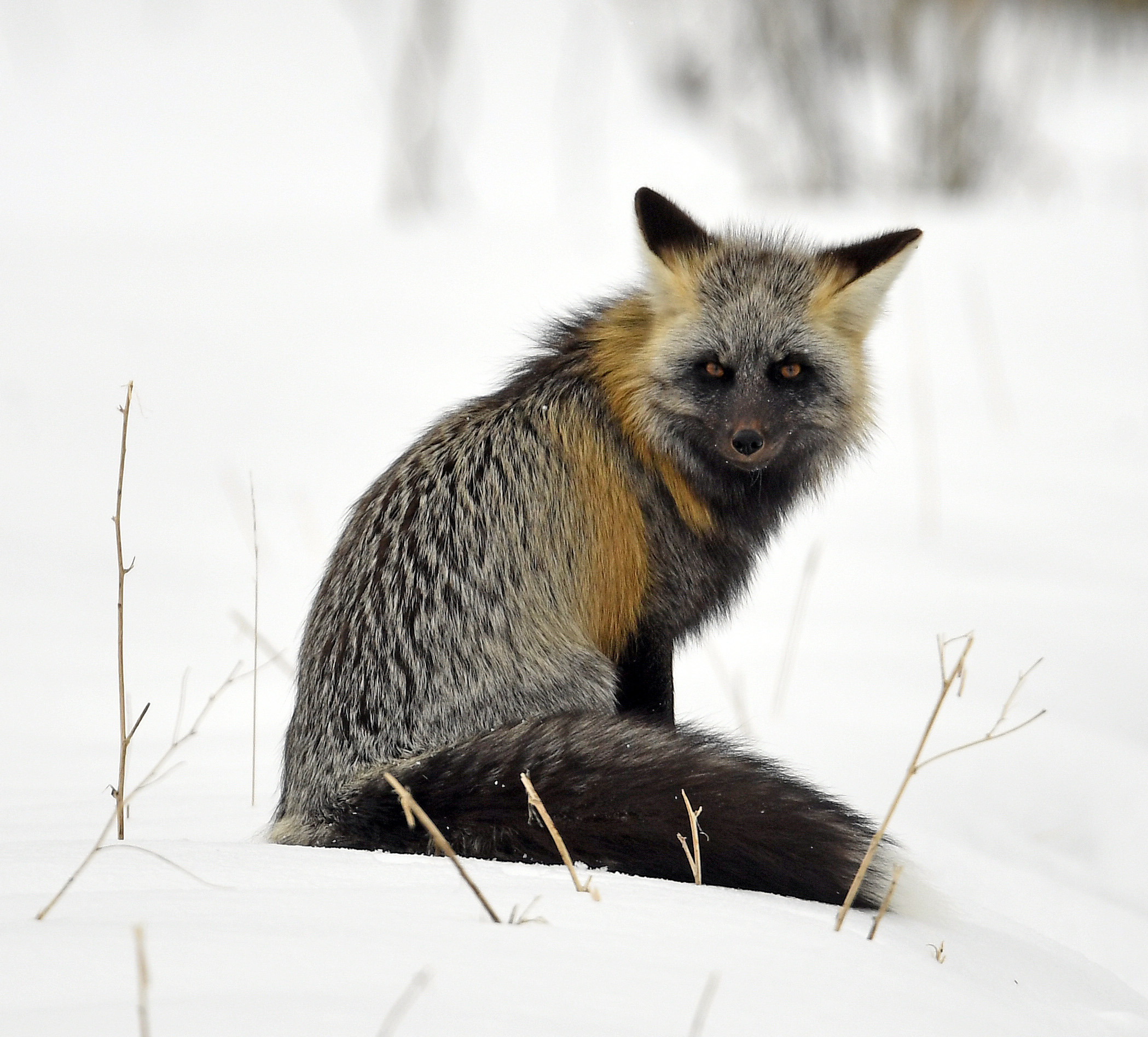How the U.S. Dodged International Reforms Designed to Make Wildlife Trapping Less Cruel
A new and revealing manuscript: How the United States Was Able to Dodge International Reforms Designed to Make Wildlife Trapping Less Cruel by Tara Zuardo (Animal Welfare Institute) was recently published and is available in the Journal of International Wildlife Law & Policy, 2017 Volume 20, Issue 1, giving a background of the state of trapping reform in the U.S.
“A primary source of resistance to trapping reforms in the United States is wildlife agencies, at both the federal and state level.
Despite a rising tide of public opinion condemning cruel trapping, especially the use of steel-jaw traps and strangling neck snares, state wildlife departments as well as federal agencies have made few changes to reduce animal pain and suffering from traps. This is unsurprising, given their utilitarian wildlife use philosophy. Most state wildlife agency commissions (or boards or councils) are dominated, often as required under state law, by “consumptive wildlife users” (i.e., those who hunt, trap, and kill wildlife for recreation), making it both challenging and slow to achieve regulatory change through the administrative process. To members of these commissions and, in general, employees of these agencies, wildlife is seen as a resource to be stocked and managed for the benefit of consumptive wildlife users.
Moreover, state wildlife agencies depend heavily upon revenues and excise taxes directly connected to sales of hunting, trapping, and fishing licenses and gear. As a result, agencies largely ignore the opinions of other constituents who are opposed to these practices. Agency funds tend to be disproportionately invested in “game” animals, while “nongame” animals receive very little consideration. The conduct of both state and federal agencies reflects a regrettably common public attitude: the failure to see animals as having moral standing and intrinsic worth. Wildlife agencies, particularly at the state level, have generally been slow to respond to shifting public values and to demands for less invasive and lethal ways of managing wildlife, and have resisted innovative and participatory governance and ecosystem-based management.”
Conclusion
“Ultimately, efforts need to be made at every level—local, state, national, and global—to seek a prohibition on the use of steel-jaw traps. It will be necessary to expose the various trap standards for the farce that they are, and to highlight their abysmal failure to actually protect furbearing animals. Meanwhile, additional measures can help, such as mandating a 24-hour trap check time in every state. This need is ever more apparent as the United States becomes increasingly isolated among a dwindling number of countries that sanction the horrific animal suffering caused by barbaric traps—traps that should be relegated to museums or melted down so the steel could be put to a better purpose.”
Tara Zuardo, Animal Welfare Institute *
We, in Wyoming, witness the same…the primary source of resistance to trapping reform begins with our consumptive user wildlife management department, the WGFD, and the WGF Commission. Our state wildlife managers continue to resist the inevitable modern day rapidly changing society.
Wyoming’s laws and regulations should shift to better meet the needs and expectations of an ever more educated public to join in creating a conservation ethic aligned with ecological and socially current principles. This shift should involve major trapping reform as soon as possible. We prefer that all traps and snares are eliminated from our public landscapes. Short of that, we recommend: 24 hour trap checks on all traps and snares, a statewide Trapping Task Force to review and initiate the reform, traps placed 300 feet off public trails, trap-free areas statewide, non-target animal reporting, quotas on all furbearing animals, and more.
Wyoming Untrapped
To read full article: How the U.S. Was Able to Dodge International Reforms Designed to Make Wildlife Trapping Less Cruel
Photo: Wyoming Cross Fox, courtesy of photographer Sonia Reid. Thank you!



